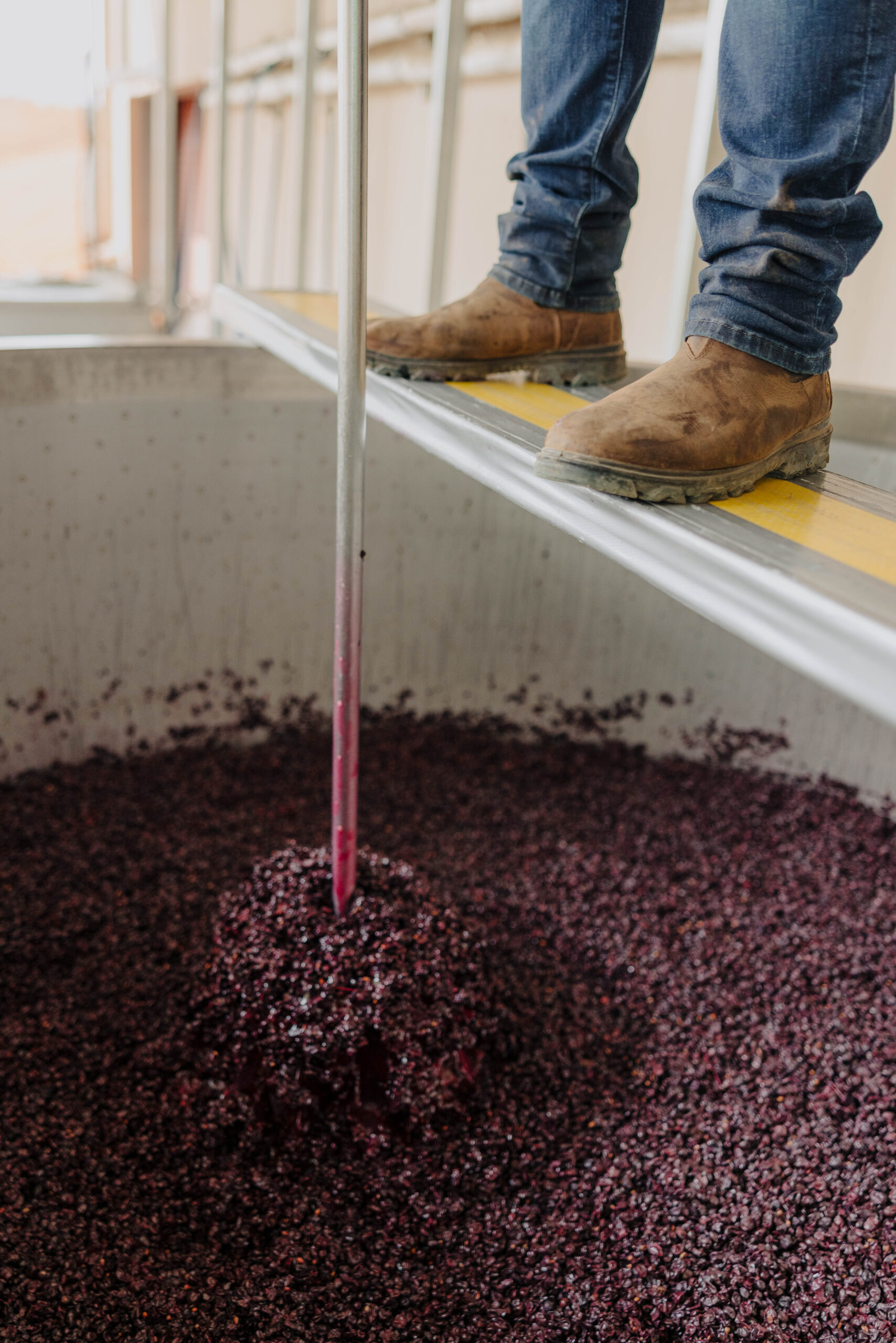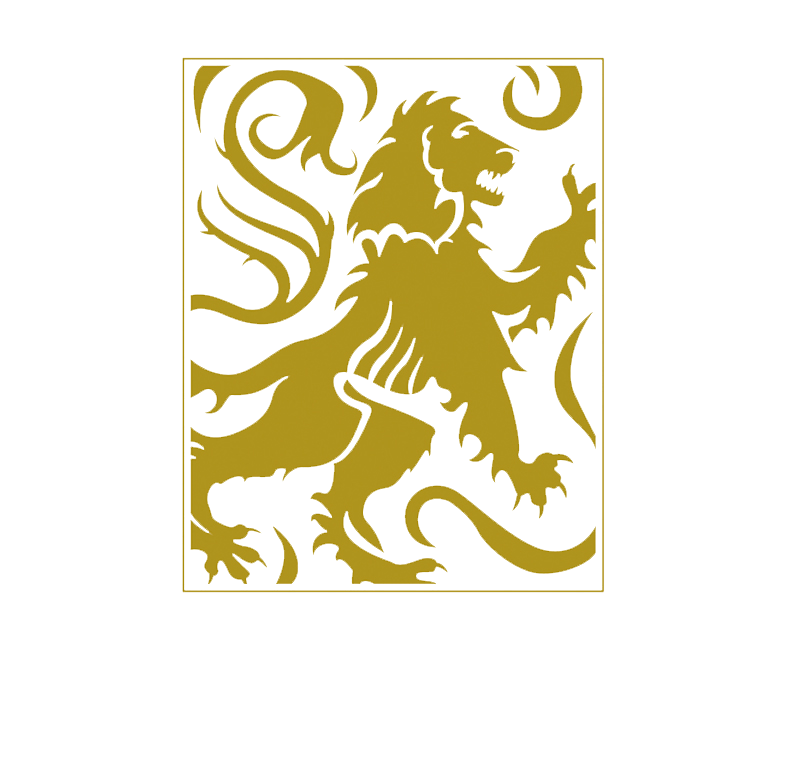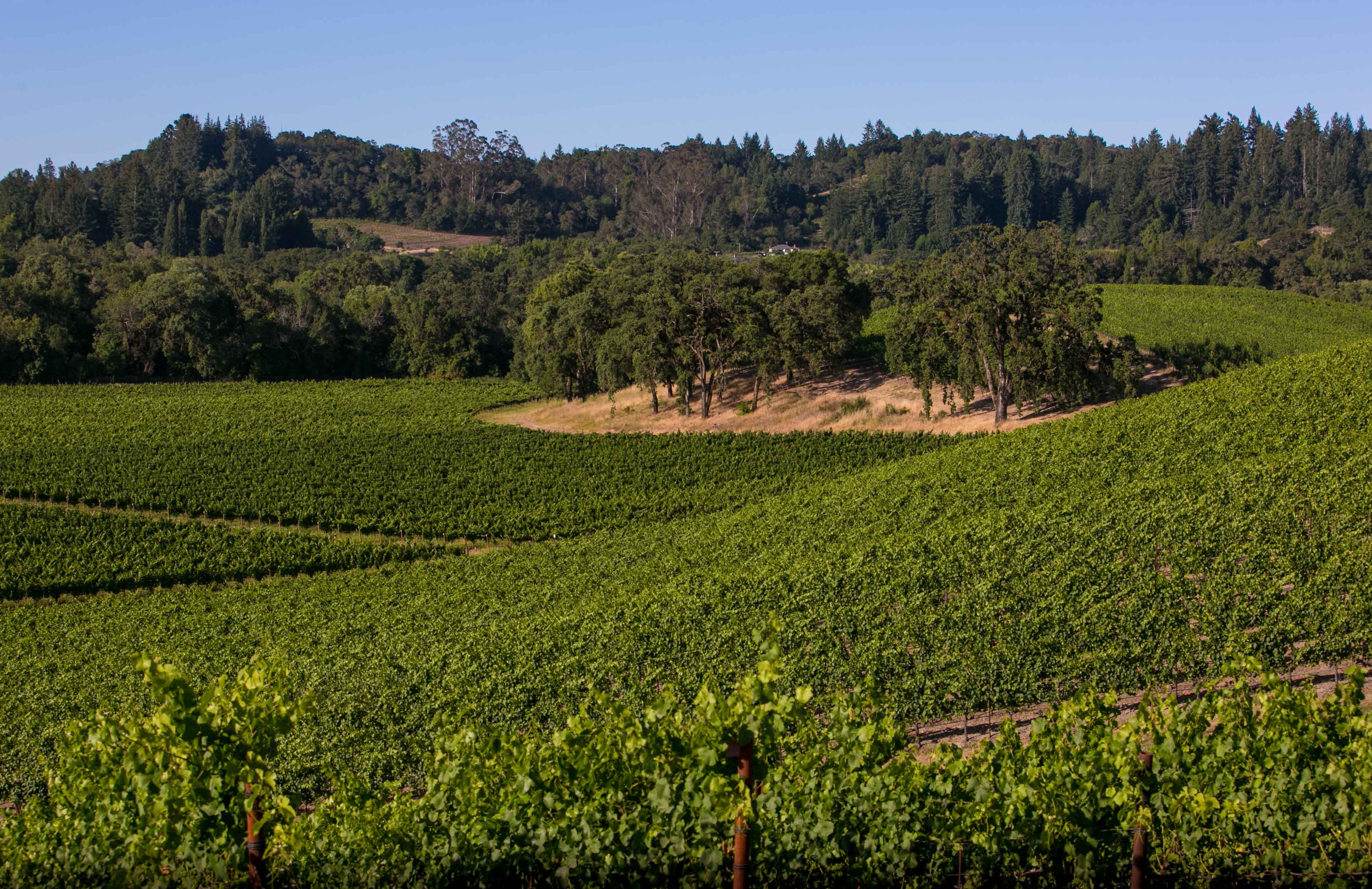
24 Jul Native Yeast Fermentation
Capturing the True Character of Pinot Noir
At Joseph Jewell, I’ve always believed that great wine starts in the vineyard—and native yeast fermentation is one of the purest ways I know to honor that philosophy. Every vineyard has a story to tell, and it’s my job to capture that story in the bottle.
Each year, I produce ten single-vineyard Pinot Noirs, each from a unique site scattered across the diverse landscapes of Sonoma and Humboldt Counties. No two vineyards are the same: soils shift, slopes roll, exposures vary, and winds and marine influence leave their mark. Then there’s the vintage itself—each season bringing a different pattern of weather, shaping a new set of building blocks.
My goal is to craft wines that express both the best of the vineyard and the truth of the vintage. Native yeast fermentation helps me do just that.
Why I Use Native Yeast
In the winery, yeast is the invisible force that transforms grapes into wine. There are hundreds of commercial yeast strains available—highly effective and dependable, often selected to produce specific flavors or styles. I used them early in my career and still respect what they can do.
But over time, I realized something was missing. Commercial yeast often overrides the vineyard. It creates consistency, sure—but it can also create sameness. I didn’t want all my wines to taste like the yeast strain I chose. I wanted them to taste like the place they came from.
Native yeast, on the other hand, is already there—on the grape skins, in the vineyard, and in the winery. These wild strains start fermentation naturally, without me adding anything. I find that they bring honesty and individuality to the wine that commercial yeast can’t replicate.
A Turning Point
Years ago, while sitting on a winemaker discussion panel, someone said something that changed the way I think about fermentation. They mentioned that even if you inoculate with a commercial yeast, you don’t always control the fermentation. Native yeasts—from the grapes or the cellar—often play a much bigger role than we realize.
That hit home for me. I thought, if the native yeasts are already involved, why not let them lead? Since then, I’ve committed to native fermentations wherever possible.
The Fermentation Journey
When grapes are crushed and the juice—known as must—is collected, it’s teeming with microbial life. A yeast called Kloeckera (or Hanseniaspora) typically gets fermentation started, but it doesn’t tolerate much alcohol and dies off around 3% ABV. From there, Saccharomyces cerevisiae, the yeast first discovered in beer back in the 1600s, takes over. It’s incredibly efficient and usually brings the wine to dryness.
In a native fermentation, this progression happens organically. There’s no packet of yeast, no additives—just the microbes that nature gave us.
To help these native yeasts thrive, I add minimal sulfur—if any—at the juice stage. It’s just enough to protect the must, without suppressing the native yeast population. It’s a delicate balance, but one that’s crucial to supporting a healthy, natural fermentation.
Complexity Through Diversity
What I’ve found over the years is that many different yeasts contribute to fermentation, not just one or two dominant strains. Each brings its own nuance—some might add floral notes, others structure or spice. Together, they create more complex, textured, and site-driven wines.
For Pinot Noir especially, this matters. It’s a transparent grape that reflects where it’s grown and how it’s made. Native yeast brings out those subtle site signatures—layered, earthy, floral, mineral—all shaped by the unique combination of microbes, soil, and season.
Letting the Vineyard Speak
Native yeast fermentation isn’t the easy route. It requires trust, attention, and sometimes a little patience. But it’s worth it.
To me, there’s no better way to capture the soul of a vineyard and the character of a vintage. It’s not just about making Pinot Noir—it’s about telling the story of time and place, and letting the wine speak for itself.
Whether you’re a long-time Pinot lover or just discovering the beauty of this grape, I invite you to taste how native yeast fermentation shapes each of our wines. Every bottle carries the subtle imprint of site and season—guided by nature, not a lab—and I’d love for you to experience that firsthand.



